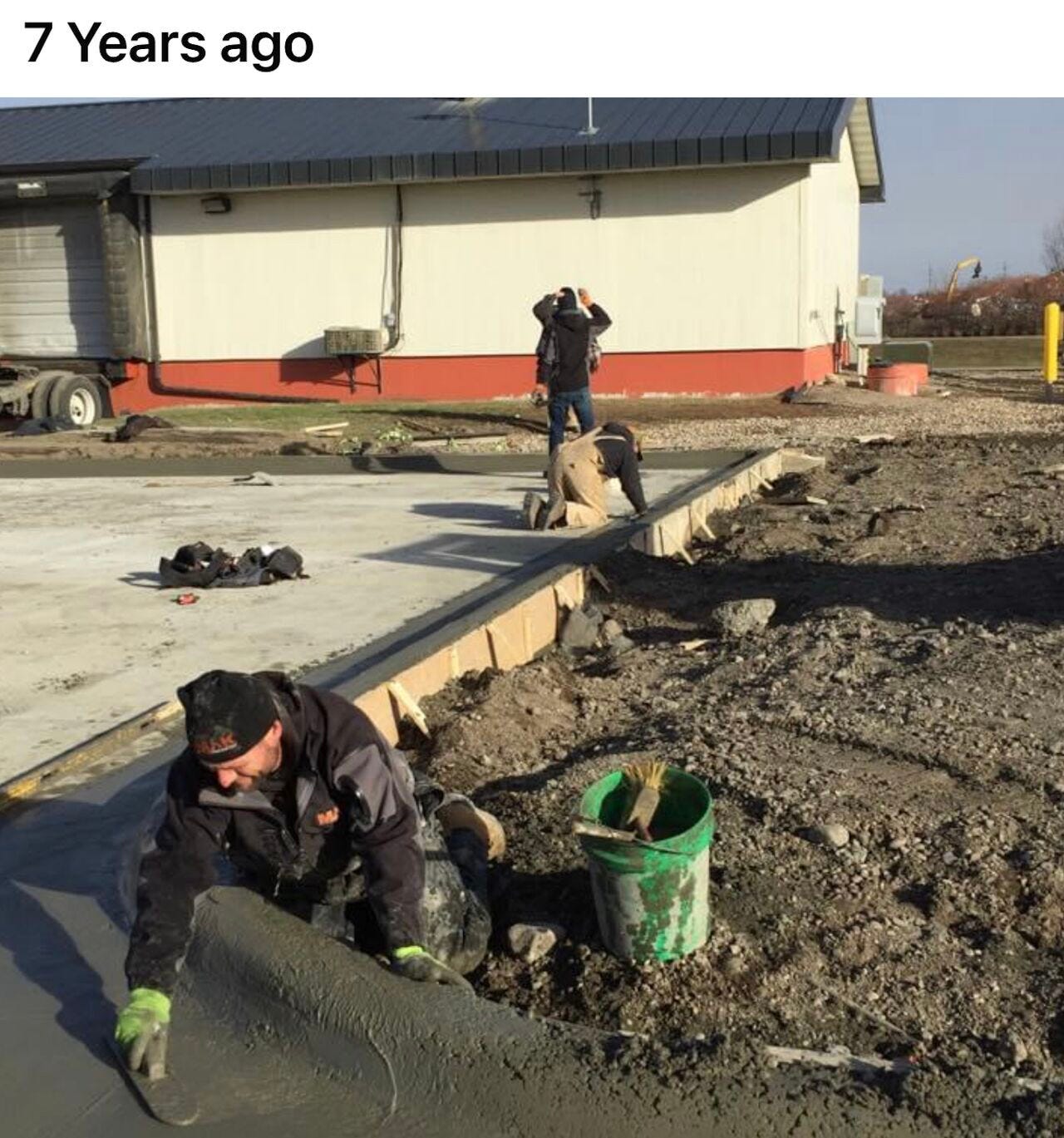Welcome to Unfollow the Herd—the weekly newsletter for people who want to stop trading time for money and start building freedom through ownership. If you’re new here, join 5,700+ who enjoy it.
In my early 20s, I thought the only path to freedom was to outwork everyone else. I poured concrete, ran small crews, and eventually started my own business, MAK Construction.
It worked—financially. But for years, I was working 100-hour weeks and still couldn’t step away without everything grinding to a halt. My business owned me.
It wasn’t until I started tracking a handful of key numbers that things changed. I could see, in black and white, whether I was building something that would eventually run without me, or just creating a better-paying job for myself.
If I could go back, I’d start tracking these ratios from day one.
They’re simple, take five minutes to calculate, and they tell you whether you’re moving closer to financial freedom or running in place.
1. Savings Rate — Can I live below my means?
Target: 20%+
Formula: Savings ÷ Income
Example: You make $4,500/month after taxes and put away $1,000 into investments or savings. That’s 22%.
When I was building my business, my savings rate was inconsistent because every dollar went back into operations. The turning point was when I set a non-negotiable savings target—money that went into investments first, before any “extra” went into the business. That surplus became the seed money for my first commercial real estate deal.
2. Net Worth Growth — Am I outrunning inflation?
Target: 10%+ annually
Formula: (This year’s net worth – last year’s) ÷ last year’s net worth
Example: Last year you had $20K between savings, investments, and home equity. This year you have $24K. That’s 20% growth.
I ignored this number for years, and it showed—I had a growing business but barely growing net worth. Tracking it forced me to shift from chasing revenue to building assets that actually made me wealthier year after year.
3. Passive Income Ratio — Am I making money while I sleep?
Target: 25% passive
Formula: Passive income ÷ Total income
Example: You earn $4,000/month from your job and $1,200 from rental properties and dividend stocks. That’s 23% passive.
For me, this was the biggest shift. My first rental property barely broke even, but it was proof that I could earn money without being on the jobsite. Fast forward to today, and my real estate investments now generate income that covers my lifestyle. That’s what gave me the freedom to step back from daily operations and hire people to run the business, whether I was there or not.
4. Expense Ratio — Am I spending with purpose?
A healthy target split:
30% housing
30% fixed expenses
20% savings + investments
20% lifestyle
Example: You make $5,000/month. $1,500 covers rent or mortgage, $1,500 covers essentials, $1,000 goes to investments, and $1,000 covers travel, eating out, hobbies.
Early in my career, I let lifestyle creep eat up the rewards of a good year. Putting structure around spending gave me room to invest without feeling deprived.
5. Emergency Reserves — Can I take a hit?
Target: 3–6 months of expenses
Formula: Liquid savings ÷ Monthly expenses
Example: You spend $3,200/month and have $12K in a high-yield savings account. That’s 3.75 months.
In construction, a slow winter can wipe you out if you’re not prepared. Having reserves meant I didn’t have to take bad jobs just to cover payroll—it gave me the space to think long-term.
6. Asset-to-Debt Ratio — Do I actually own anything?
Target: 2:1 or better
Formula: Total assets ÷ Total debt
Example: You own $50K in investments and $40K in home equity. You owe $35K on student loans and a car. That’s 90K ÷ 35K = 2.57.
When I started MAK Construction, my debt outweighed my assets. Tracking this ratio and improving it was what turned me from a guy with an income into someone who actually owned wealth.
7. Return on Life — Do my financial decisions improve my life?
Measure: Time saved, stress reduced, quality of life improved
Example: You pay $100 more in rent to live closer to work. That saves you 45 minutes each way—6,500 minutes a year, or 108 hours of your life back.
This is the most important number. I built my companies so I could eventually stop working weekends, coach my kids’ teams, and choose projects I actually care about. Money’s only worth something if it buys you those kinds of returns.
The bottom line:
If you’re not tracking, you’re guessing. And guessing is how you wake up in 20 years wondering where the money went.
Pick one of these 7 numbers to start tracking this month. Watch it move in the right direction. Then add the next.
Wealth isn’t just about a bigger balance sheet. It’s about using that wealth to buy back your time and your freedom—so you can live on your terms.
That’s all for today.
See you next week!
- Marc Kuhn
P.S. If you’re a developer, accredited investor, or entrepreneur who wants to collaborate on future projects, DM me on LinkedIn. We’re scaling MAK Capital and always looking for the right partners.


